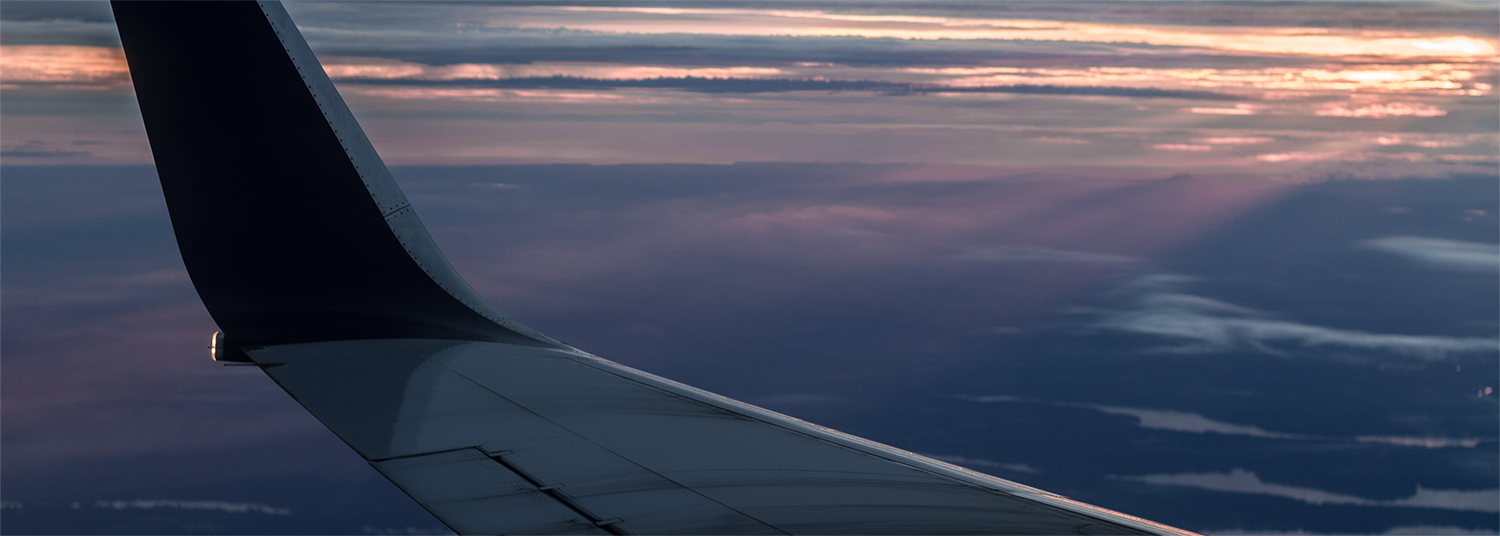


Source: Simon Hradecky | www.avherald.com
A British Airways Airbus A320-200, registration G-GATL performing flight BA-2702 from London Gatwick,EN (UK) to Tenerife Sur Sofia Reina,CI (Spain), was descending through about 10,000 feet towards Tenerife when the crew declared PAN reporting fumes on board. The aircraft continued for a safe landing on runway 07 with emergency services on standby.
The return flight BA-2703 was cancelled. The aircraft remained on the ground for about 30 hours, then positioned back to Gatwick as flight BA-9271. The aircraft remained on the ground in Gatwick for about 7 hours over night, then performed flight BA-2780 to Funchal and remained on the ground in Funchal for 24 hours before performing the return flight BA-2781 and continuing service.
The Aviation Herald received information that the aircraft had been assigned an ILS approach to runway 07 and was descending through about 10,000 feet when the captain noticed an unusual odour in the cockpit, the first officer confirmed smelling the odour, too, the odour quickly intensified. The first officer, pilot flying, donned his oxygen mask, while the captain decided to continue without the oxygen mask. The crew attempted to isolate the source of the fumes by turning off air conditioning pack #1. Although the airport is designated to be a “captain’s landing only”, the first officer continued to fly the approach while the captain declared PAN with ATC reporting fumes on board. The odour further intensified, the captain felt his eyes started stinging. The captain took control of the aircraft for the final stages of the landing following the first officer having flown the final approach. After landing the captain taxied the aircraft to the apron with emergency services in trail. After shutting down the conditions in the cockpit improved considerably when the cockpit door was opened, the odour was still present however. Both pilots looked extremely pale and had distorted perceiption of senses, both pilots thought they were much farther apart than they were, both felt dizzy and faint, both felt they had difficulties in thinking and developing clear thoughts, which made decision making much harder.
The crew requested an engineer to attend to the aircraft. The tech log had indicated a crew had heard a grating noise from the #1 engine (V2527, left hand) on Feb 6th 2020, the maintenance engineer suspected a loose bearing. The engineer responding to the captain’s request on Feb 7th suspected the fumes were due to oil ingress into the left hand engine. After working for about 45 minutes the engineer was able to reproduce the odour, both pilots confirmed this was the same odour they had noticed in flight. The engineer grounded the aircraft.
Both pilots were told to visit the local hospital for blood and urine tests, the hospital however advised they did not have the relevant equipment to perform those tests. Feeling tired and fatigued the crew went to their hotel, the first officer started coughing up blood, the captain felt increasingly sick, The following day both crew consulted with Medaire.
The accident aircraft had gone through a similiar event about 3.5 months earlier, see Accident: British Airways A320 at Paphos on Oct 19th 2019, fumes in cockpit, both pilots partially incapacitated.
View original article
Leave a Reply